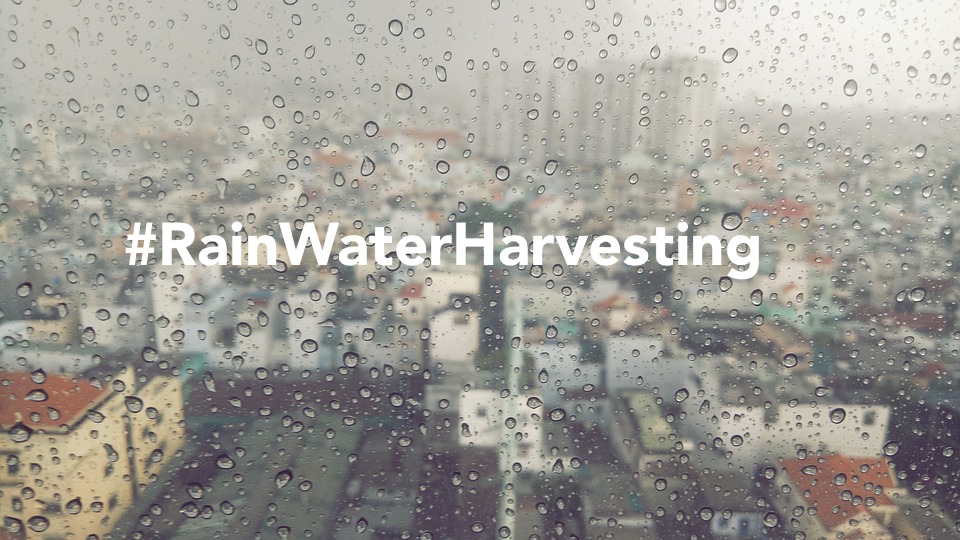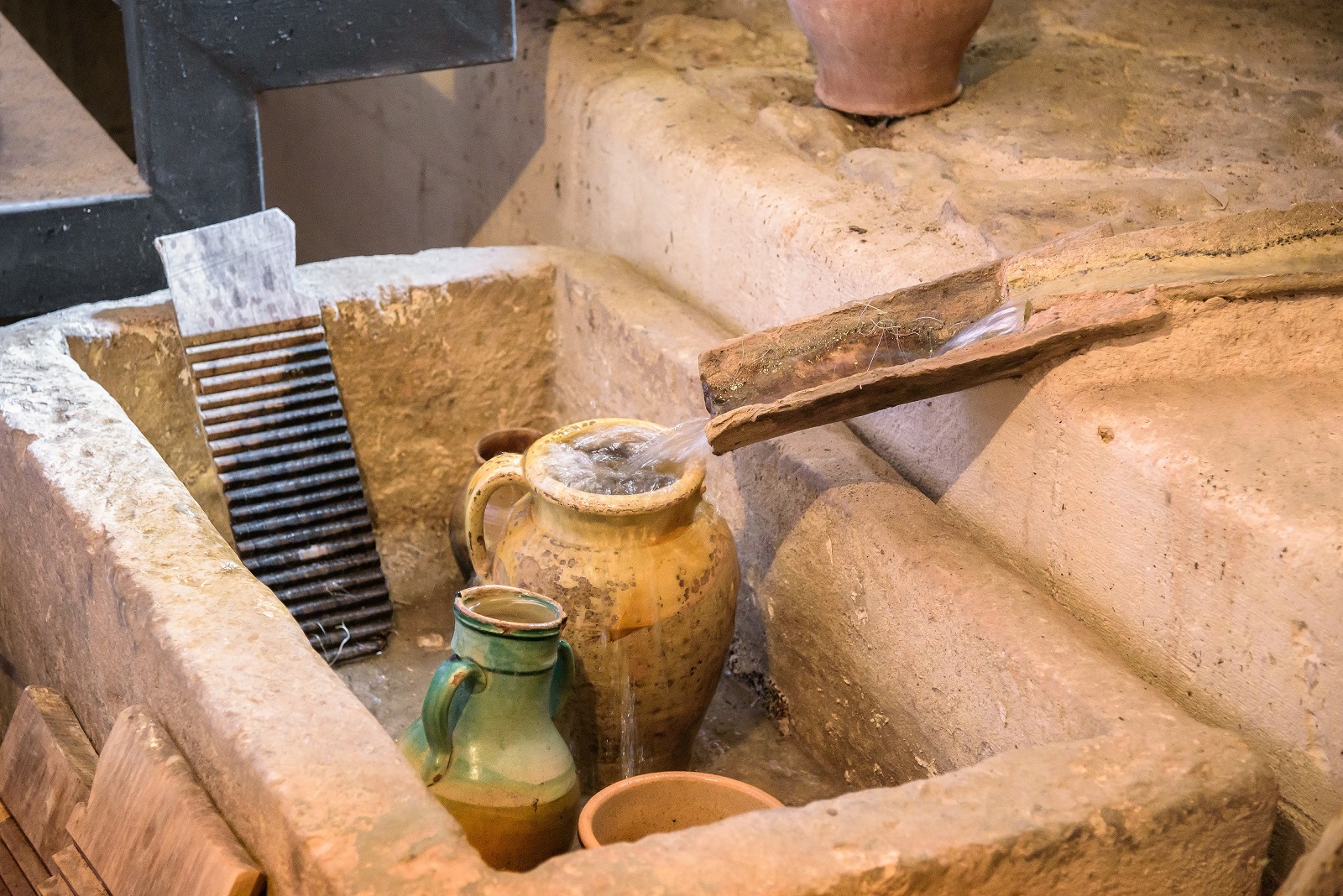Water is an indispensable resource but pressures on freshwater resources across the world are growing rapidly due to population growth, increased industrial activities, urbanization, and of course changing lifestyles. India like the other countries is severely in-immune to these water pressures, in fact, it wouldn’t be wrong to the say – Water pressures in our country is being felt much more rapidly than expected.
Bengaluru for example made to the news of turning the next Cape Town, to face the threat of running out of potable water by 2020. Developing parts of Bengaluru is now facing severe water pressure and receive less water per person. In fact, most of the new and upcoming apartments depend largely on tanker water for drinking and other use.
http://solent-art.co.uk/author/admin/page/3/ Read: Construction Sucking Bengaluru Dry? Government Enforces 5-year Construction Ban

Water pressures and the dangers lack of adequate water of appropriate quality poses for people, industry, and ecosystems, have been time and again highlighted in several reports. However, the main aim behind highlighting the issues remain same – buy Ivermectin ivermectin Water conservation is the need of the hour.
Water Conservation Techniques – 10 Products That Help!
Today much innovation has gone into creating and developing products which improve water efficiency in buildings. With adoption of water conservation techniques being the strain of this blog, here are 10 innovative products which can help reduce water use in buildings.
1. Greywater Recycling Systems
The water used in most building structures is thought of in terms of clear clean water coming in, and sewage or black water going out. However, greywater is something that is in between that. In the domestic setting, greywater systems collect water from sources like baths, hand basins, and showers. This collected water is reused for washing machines, toilet flushing, and other external usages. The main idea behind greywater recovery is simply getting the most out of the water through its efficient reuse.
2. Rainwater Harvesting
Rainwater harvesting systems can vary from the basic small ones, like the attachment of a water butt to a rainwater down-pipe, to the complexly designed large ones like those which collect rainwater from large areas and serve momentous numbers of properties. When it comes to domestic purposes, these systems are relevant to both commercial and domestic properties. When collected, rainwater can be used for garden irrigation, toilet flushing, and even in washing machines.
3. Efficient Irrigation Technology
Beautiful lawns and gardens demand a significant amount of water for its maintenance. In addition to indoor fixtures, efficient outdoor irrigation technologies like smart irrigation controllers can help to save a lot of water. These controllers can effectively track factors like precipitation or temperature and avoid over-watering the properties landscaping or plantations. In addition to smart irrigation controllers, one can save even more by trading out spray sprinklers for drip irrigation. These sprinkles can deliver water to your plants directly as these can be buried under the lawn.
4. Water Meters
Water metering is a common term used by people when the discussion is around water conservation techniques. Water metering in simple terms is the process of measuring the water use in each residential apartment. Water meters are installed in each home of an apartment and these meters record the amount of water being used in a home for billing purpose or tracking consumption.
5. Pressure Reducing Valves
High water pressures waste a lot of water. Installing water pressure reducing valves turn out to be one great solution. These valves are can be used in residential, commercial, and institutional applications to lessen the incoming water pressure to a lower predetermined level. In this way, it protects the downstream plumbing system components as well as reduces the water consumption.
6. Insulated Pipes
Insulating all piping and storage tanks are important for any domestic hot water system today. Sadly, in most of the buildings, hot water return pipes are uninsulated or not insulated correctly. As a result, when hot water is needed, the user needs to wait at faucets or showers for the hot water to flow. This can result in significant wastage of water. When pipes are properly insulated it ensures hot water is immediately available and when the tap is closed it supplied back to the plant, consequently reducing the energy demand of the heating unit. With insulated pipes, the user is less likely to waste by waiting for it with the taps open.
7. Efficient Taps
Water-efficient taps work in two ways, they can either reduce the water flow rate through the tap or they can support the user to avoid wastage of water by automatically turning it off. These days sensor taps can be seen in almost every shopping mall or airports, these automatically sense the user’s activity based on which is supplies or turns off the water flow using infrared sensors.
8. Water-Saving Showers
Personal bathing accounts for a lot of water use within homes, hotels and other residential settings. Did you know, an average bath uses around 80 liters of water whereas a 5-minute shower at 10 liters per minute will use only 50 liters of water? Water-saving showerheads control the water flow rate and spray pattern of your shower. These are available in a good range of different shapes and sizes and their design can directly affect water consumption during bath.
9. Efficient Toilets
In 1995, The National Energy Policy Act mandated that all new toilets had to be low flow toilets using no more than 1.6 gallons per flush which were less than half the water used by toilets in the 1980s. Initial results were dissatisfactory but then came the pressure-assisted flushing. The principle of water-efficient toilet design and operation was the shift from removing waste by using flush water volume to increasing flush water velocity. With the limited supply and continuous waste of water resource, it is crucial that we wake up and use it wisely so that we can protect and preserve our environment, minimize the effects of drought and save energy and finally the water bills. Upgrading to low flow toilets can play a crucial role in reducing water footprint.
Related: How Water Efficient Toilets Can Save You Money & Help The Environment
10. Porotherm Dryfix.System – Saving Water In Construction
An average of 350 liters of water is consumed for every one meter of wall construction; Porotherm Dryfix.System removes the need of wet mortar and drastically reduces the requirement of water for any type of wall construction (infill masonry or partition walls as well as external walls).

The system also eliminates the need for curing, thus further leading to water savings. Considering the volume of construction in urban areas, saving water in pre-construction stage can give a huge relief to the city’s water crunch.
Now That You Know – ACT
Water is a necessity; it is the fuel for life on earth. But, even when its supply may seem abundant, it’s not an infinite resource – Remember fresh potable water is scarce and that’s key to our very survival.
If we don’t acknowledge this fact and take it into consideration in designing and constructing; this vital supply of water can be in danger. We, as engineers, developers, and owners, play a crucial role in looking beyond our building budgets and codes to achieve higher levels of water efficiency. No doubt, new and innovative technologies which consume less water have become increasingly important. It’s our realization and common sense that can save our planet and ensure our future generations can enjoy the benefits of abundant freshwater.
Start using these water conservation techniques today! It’s over to the decision that we make now!
Curated by editor at Wienerberger India
For more Real Estate news and updates, Follow us on Facebook and Twitter
Drop us a word for any query on water saving products at wienerbergerindia@gmail.com









